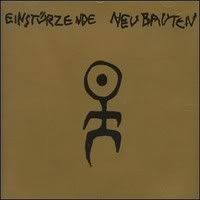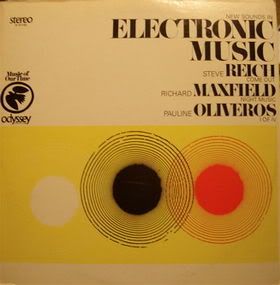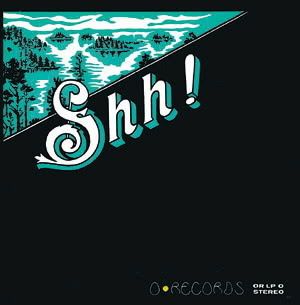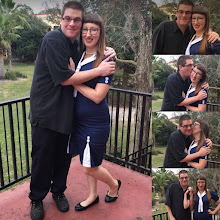
Thirsty Ear, 1995; available
5 tracks, 53:48
Being the son of a free jazz legend, Caspar Brötzmann has skronk in his blood. While he isn't quite as unhinged as his father (and Peter Brötzmann tends to border on the lunatic side), he certainly has a charm all his own. Caspar growls and snarls and moans, but rarely ever sings per se. His guitar/amp skills (he does tend to play both) range from crushing heaviness through shrill piercing tones, and everything in between. Bassist Eduardo Delgado Lopez (who also does the occasional vocals) and drummer Danny Arnold Lommen somehow manage to provide a solid backbone to the guitar histrionics. HOME is notable for two reasons. First, it is made up of re-recordings of older tracks (all from the first two Massaker albums BLACK AXIS and THE TRIBE). The second point of interest is that these versions are vast improvements on the somewhat formless originals, with the band performing as a much tighter and unified whole. The remake of "Massaker" in particular quite frankly destroys the original, with some of the most unhinged vocals and the best breakdown on the album (oddly enough, this occurs while Brötzmann is bellowing "BREAK.... BREAK.... DOWN!"). Functioning somewhere between krautrock, doom metal and free jazz, HOME is highly recommended to more adventurous listeners. Also recommended is KOKSOFEN, which offers a looser but somehow more disturbing program.




